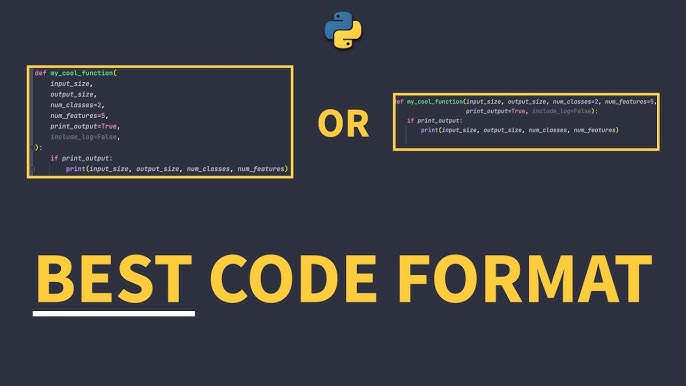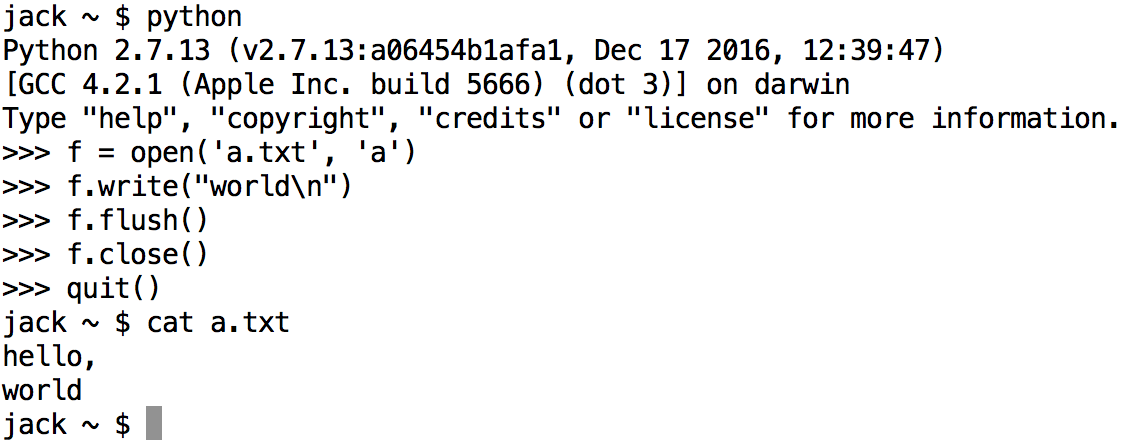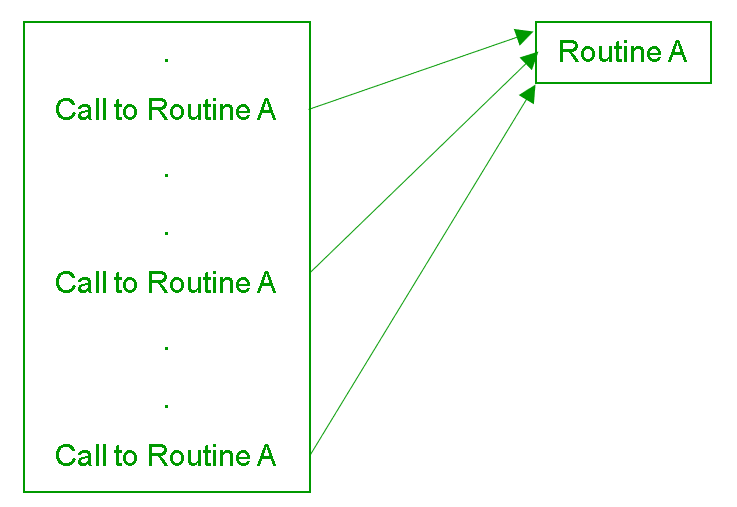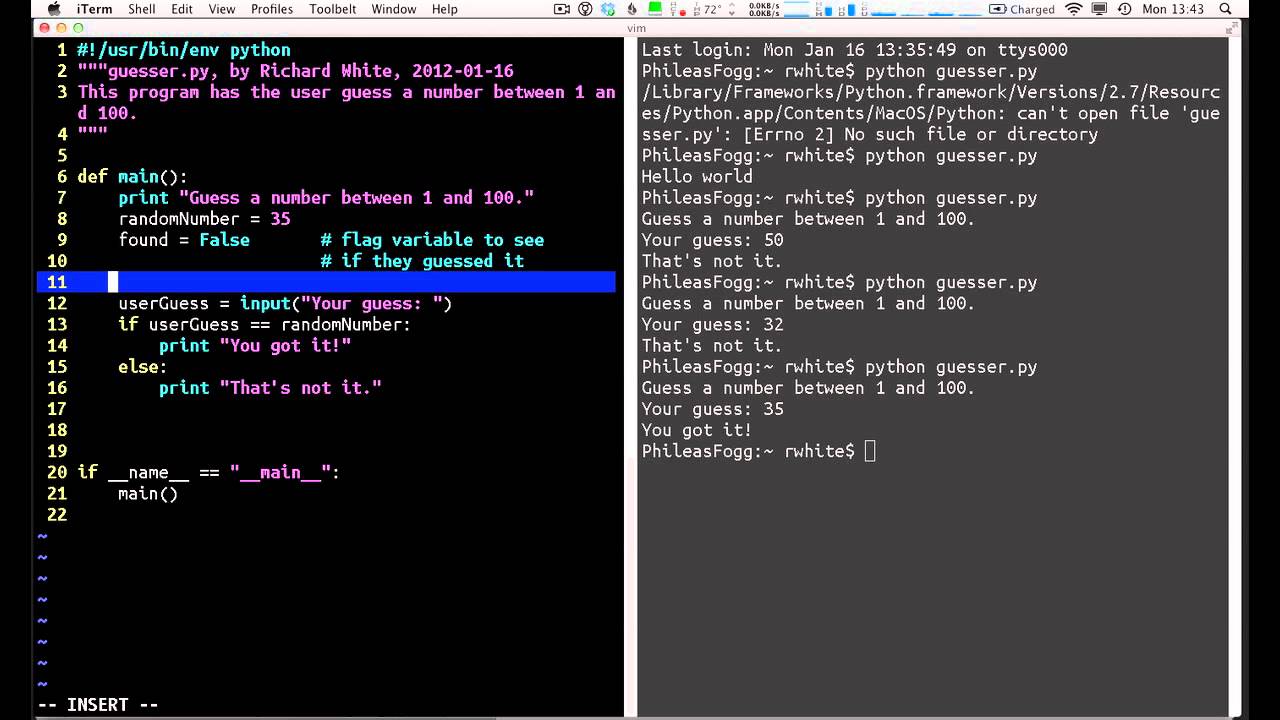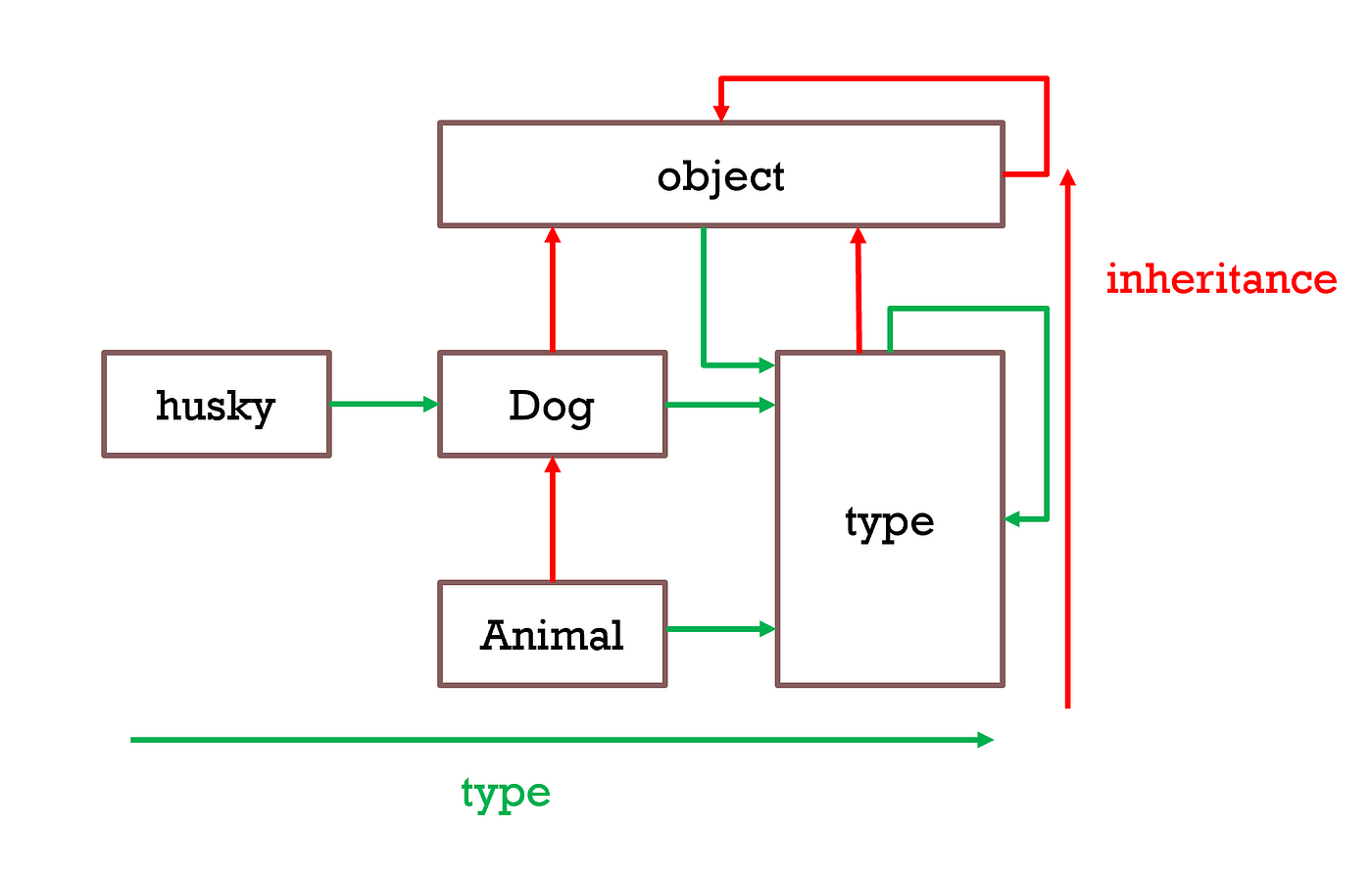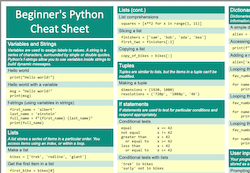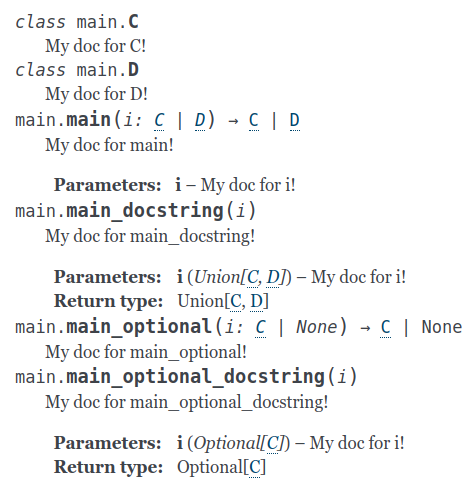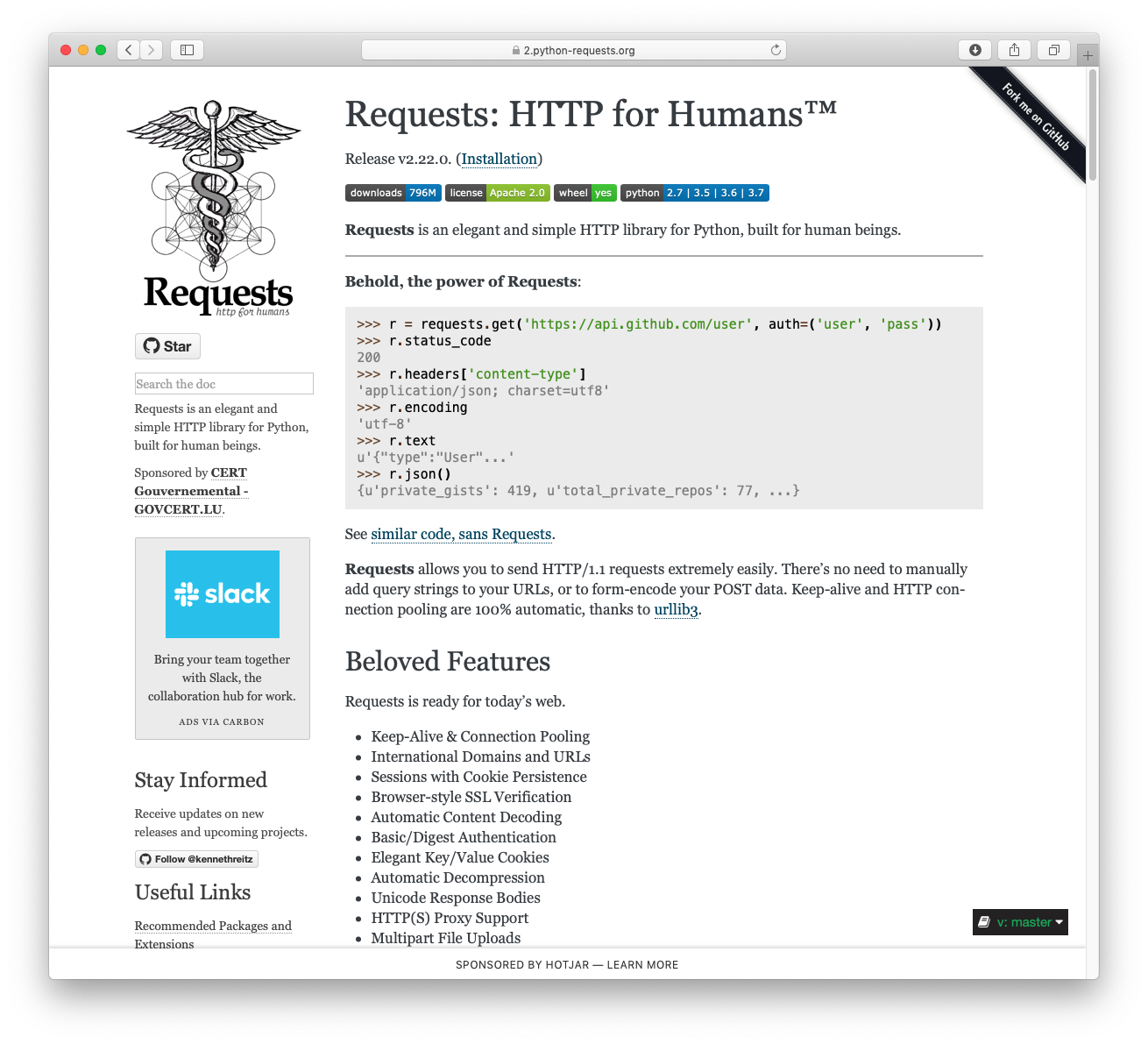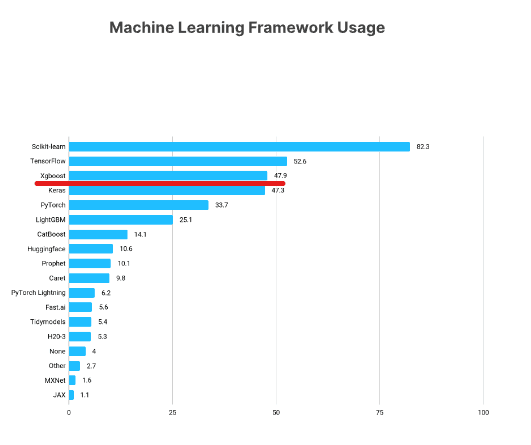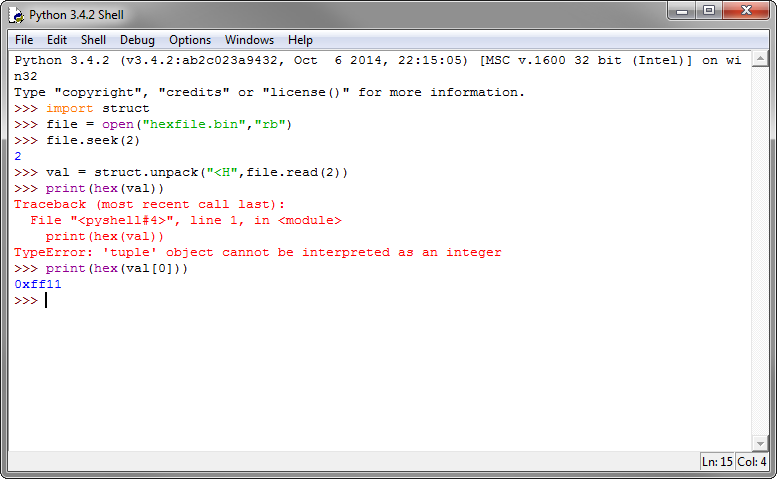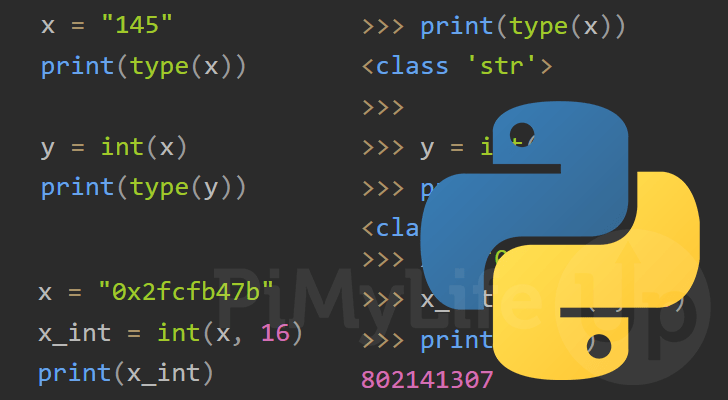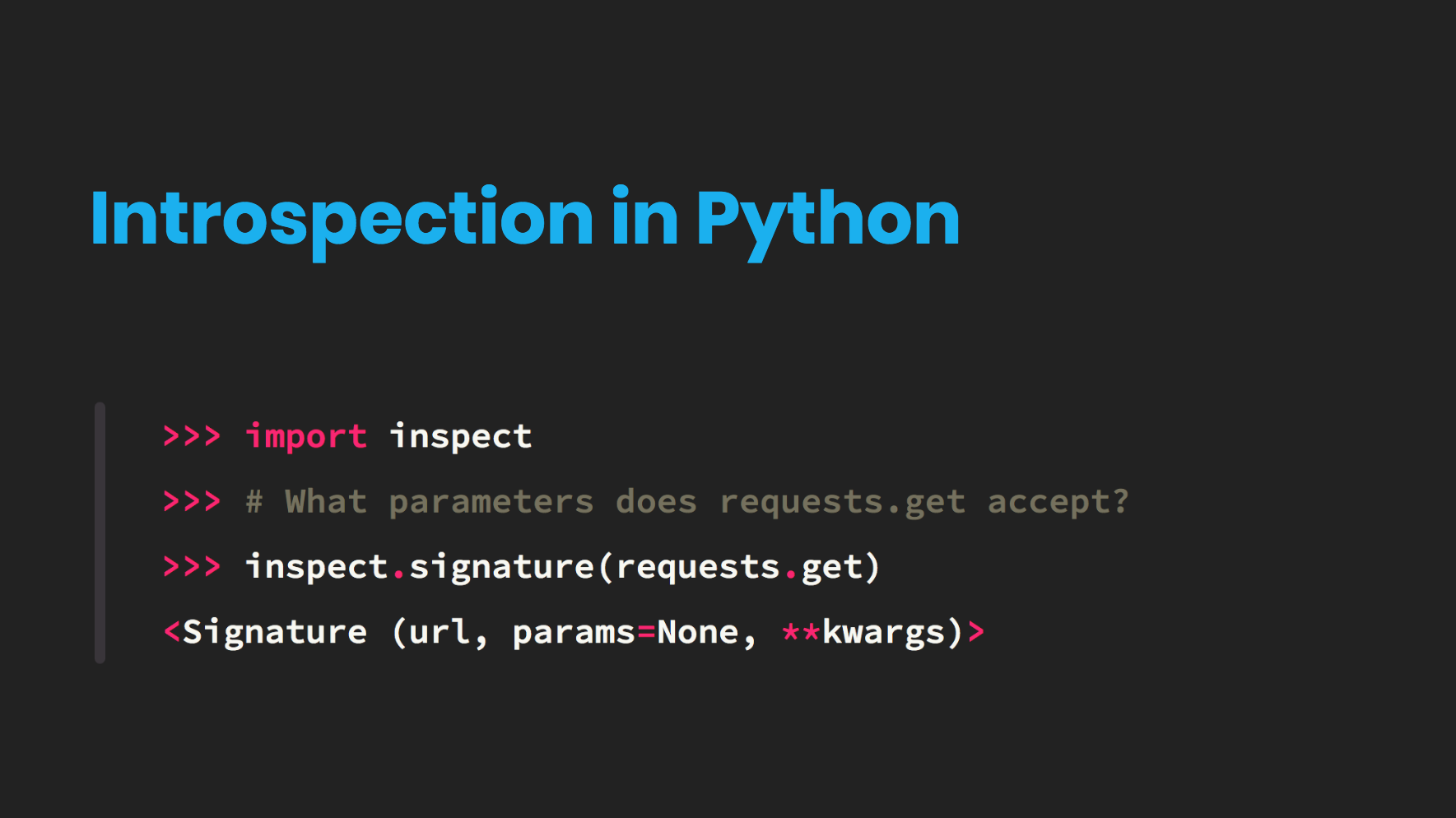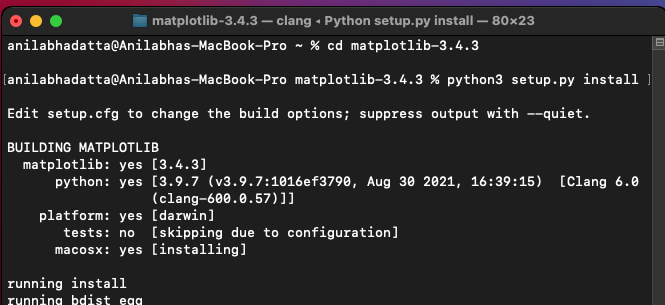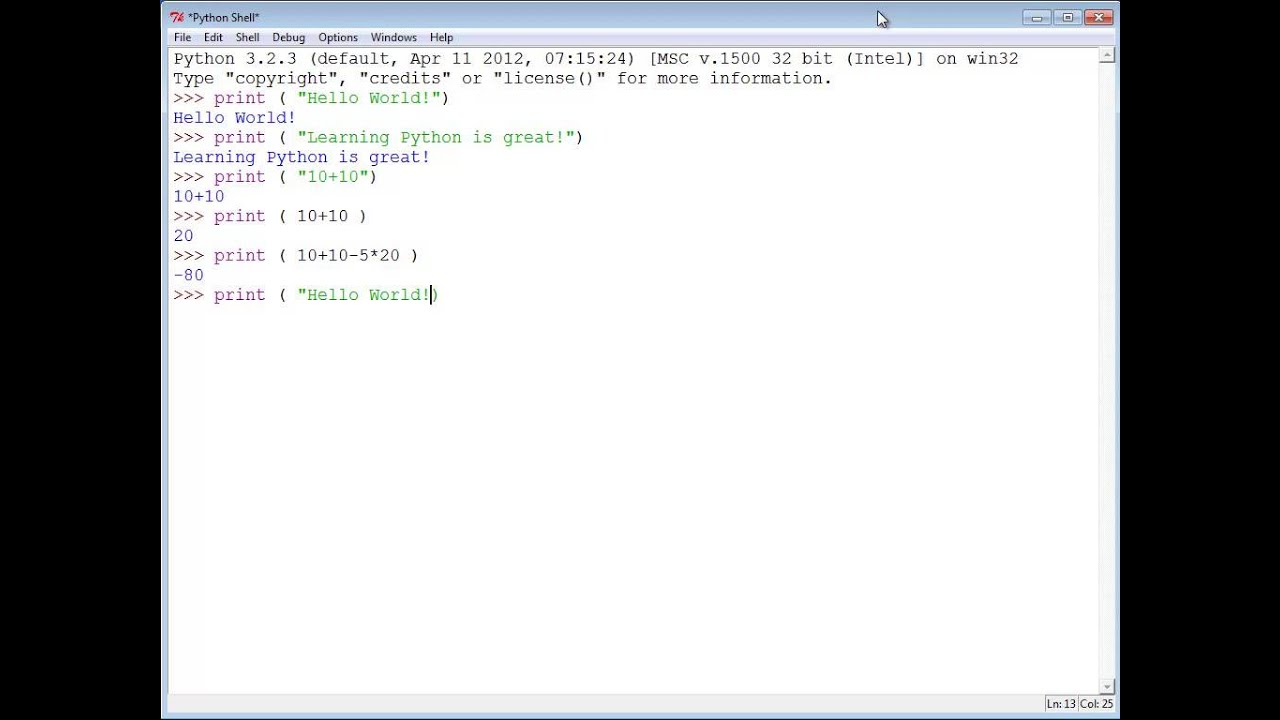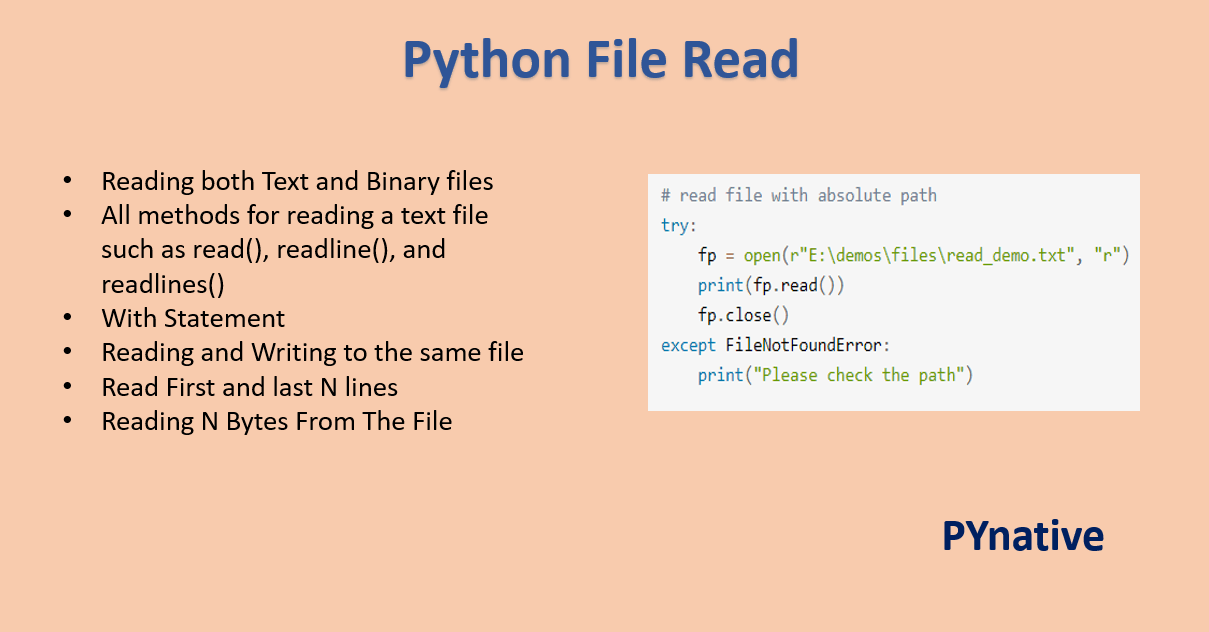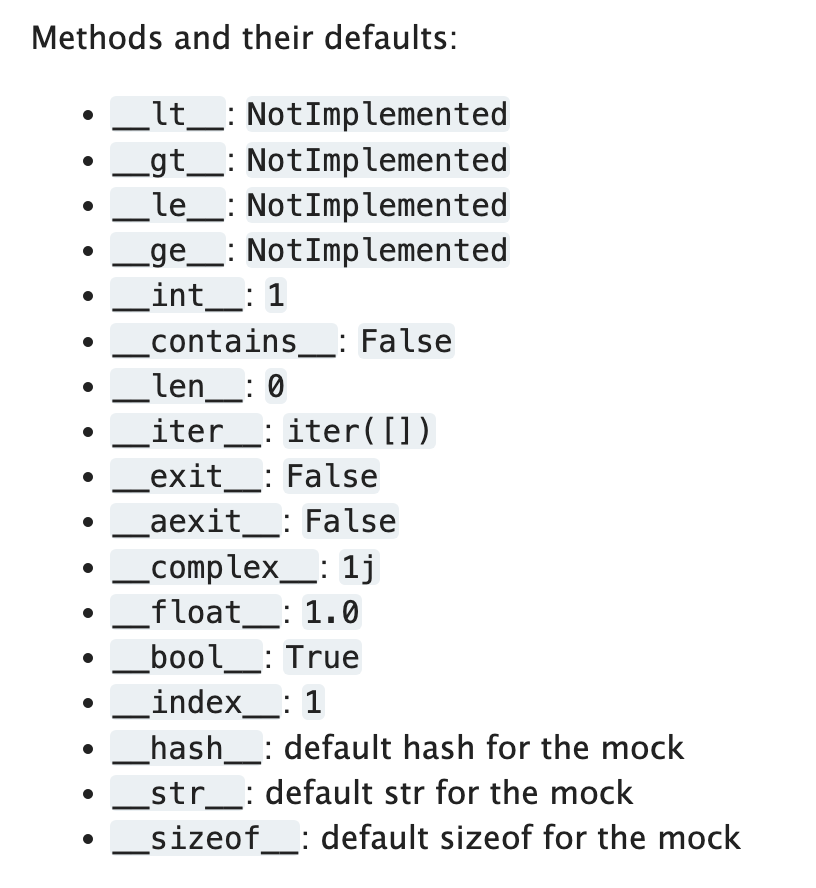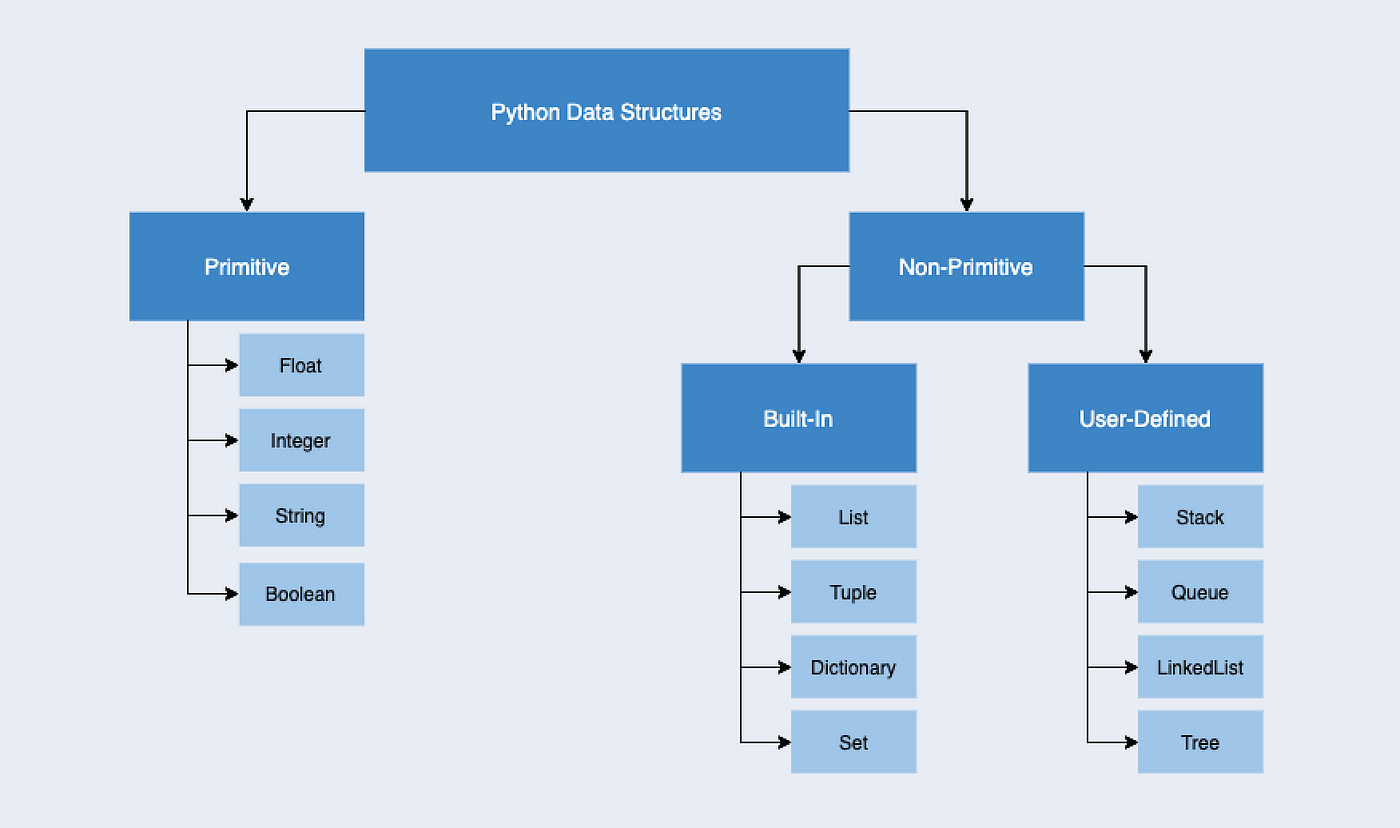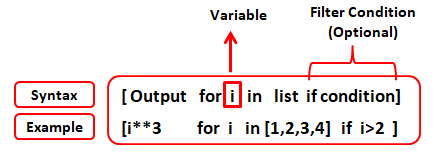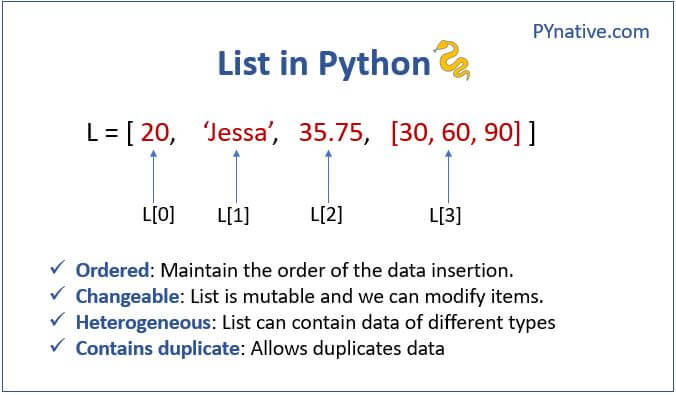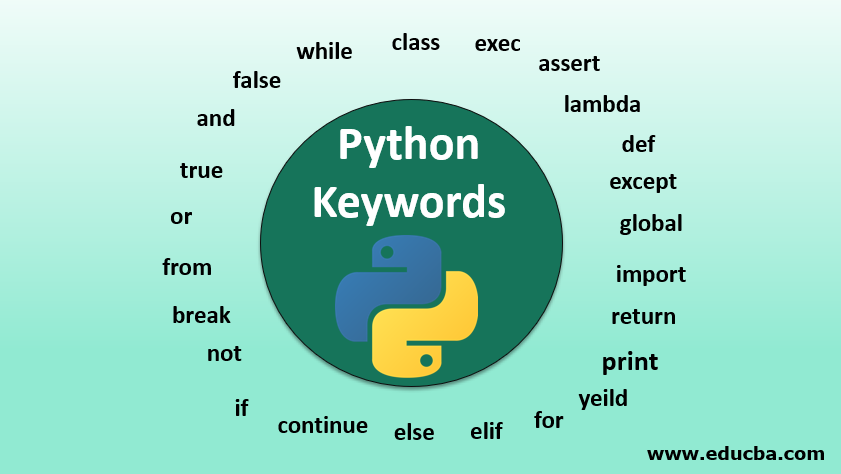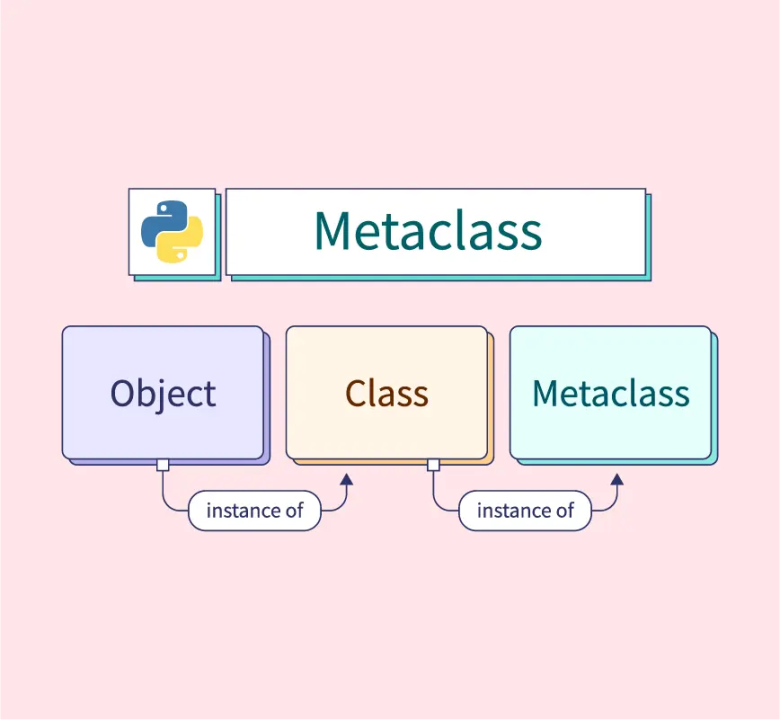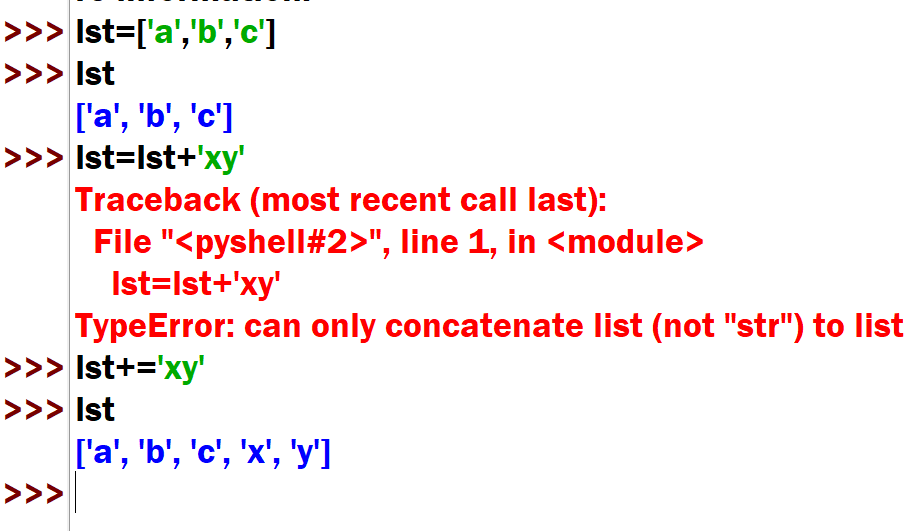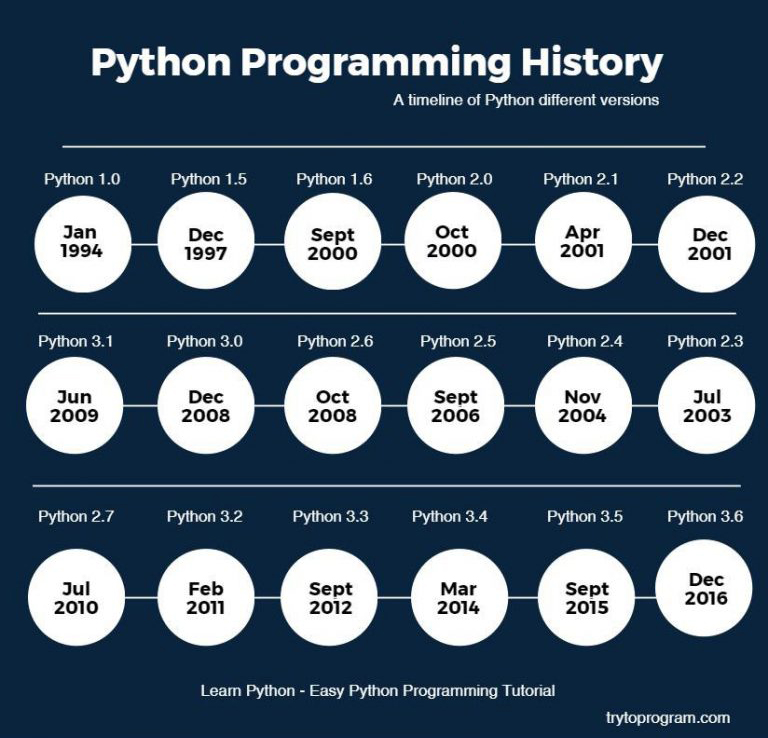What is the difference between package and module in Python?
What is the difference between package and module in Python?

I'd be happy to explain!
In Python, a package and a module are two fundamental concepts that enable you to organize your code into reusable components. While they share some similarities, there's a crucial distinction between the two.
Module: A module is a single Python file with a .py extension that contains a specific set of related functions, classes, or variables. It's essentially a self-contained unit of code that can be imported and used in other parts of your program. Modules are like individual LEGO bricks: each one does its thing, and they can be combined to build something bigger.
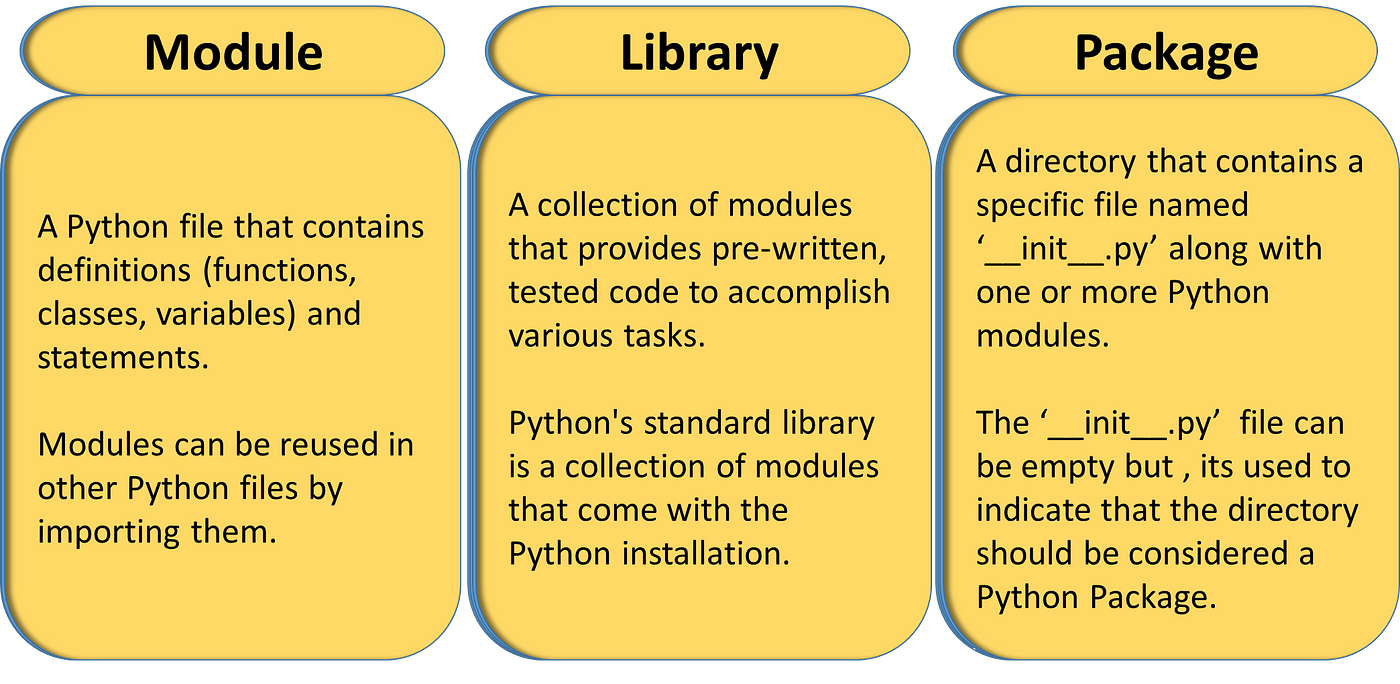
When you create a new module, you're essentially creating a namespace for all the functions, classes, or variables defined within that file. You can then import this module into another Python file using the import statement, allowing your code to access and utilize the functionality contained within.
Package: A package, on the other hand, is a directory (folder) containing multiple modules, along with some additional metadata and configuration files. Think of it as a LEGO box filled with individual bricks: each brick represents a module, while the box itself provides context and organization for those bricks.
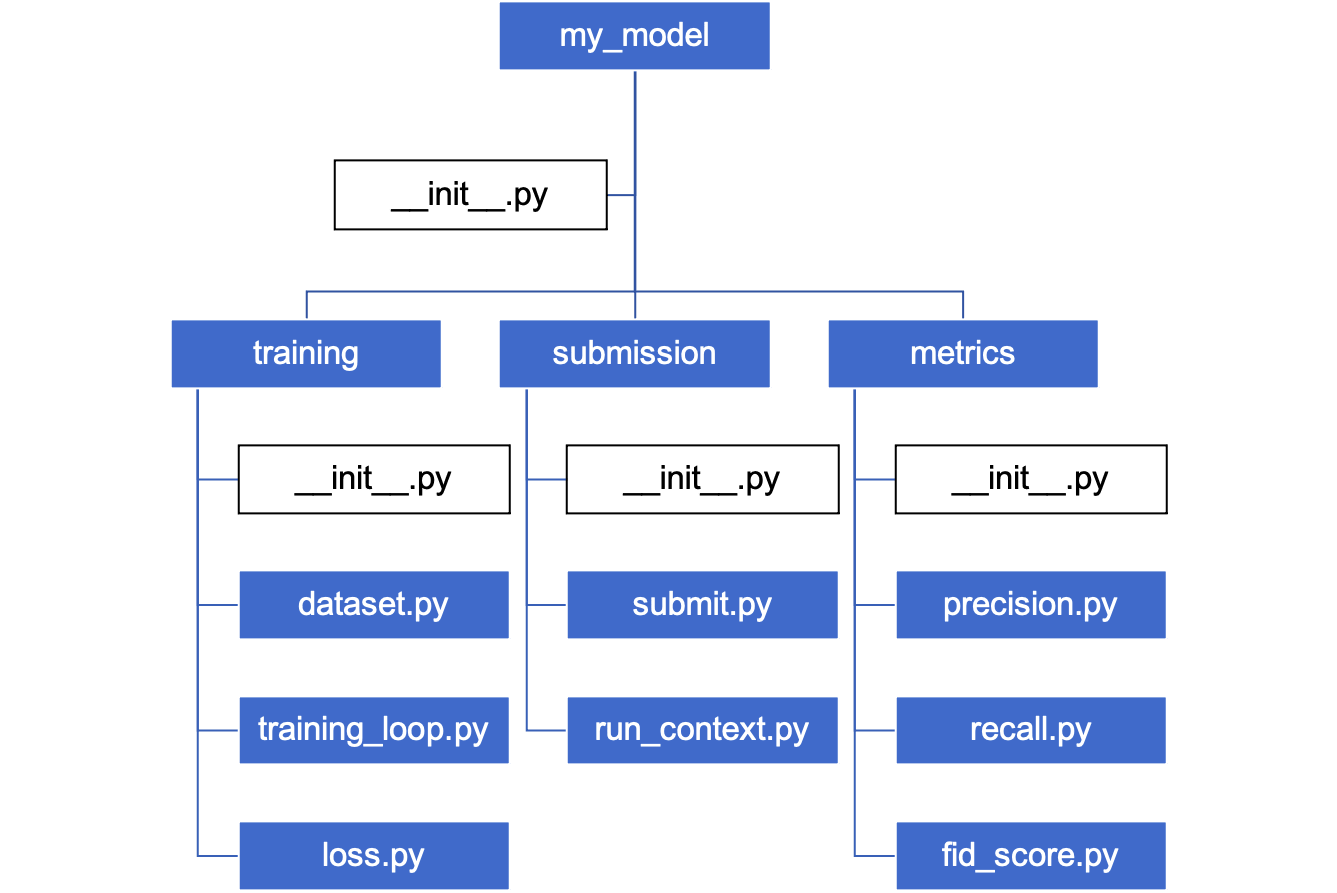
A package typically has its own __init__.py file, which serves as an entry point for the package and allows you to define the package's structure, dependencies, or other metadata. When you import a package, Python looks within that directory for any modules it contains, allowing your code to access their functionality.
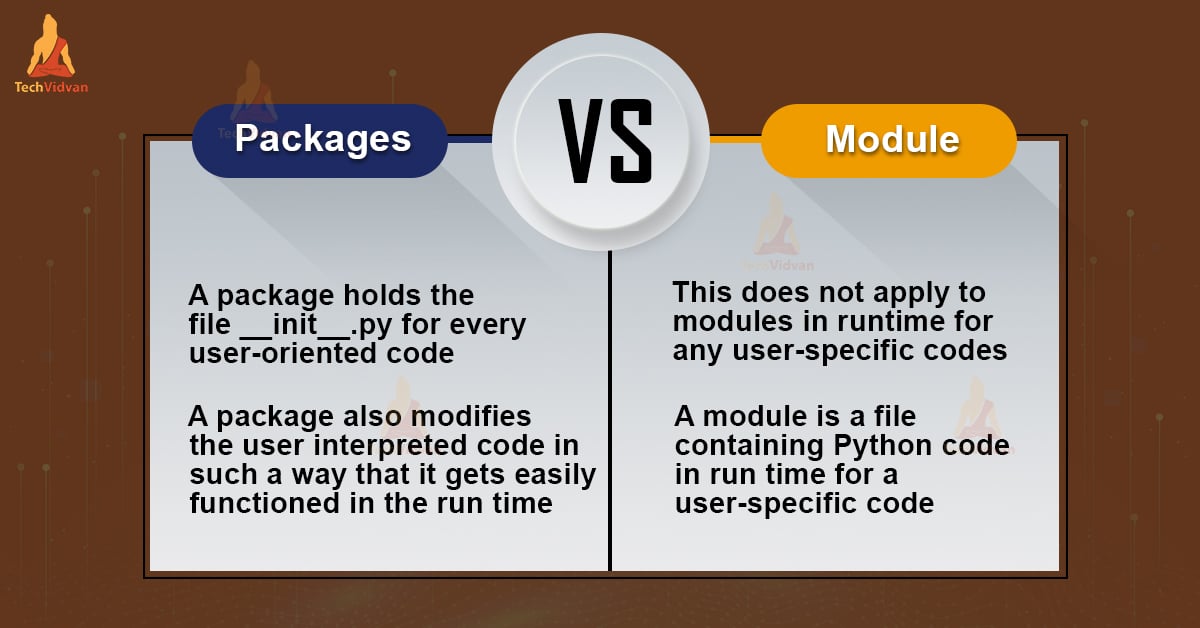
Key differences:
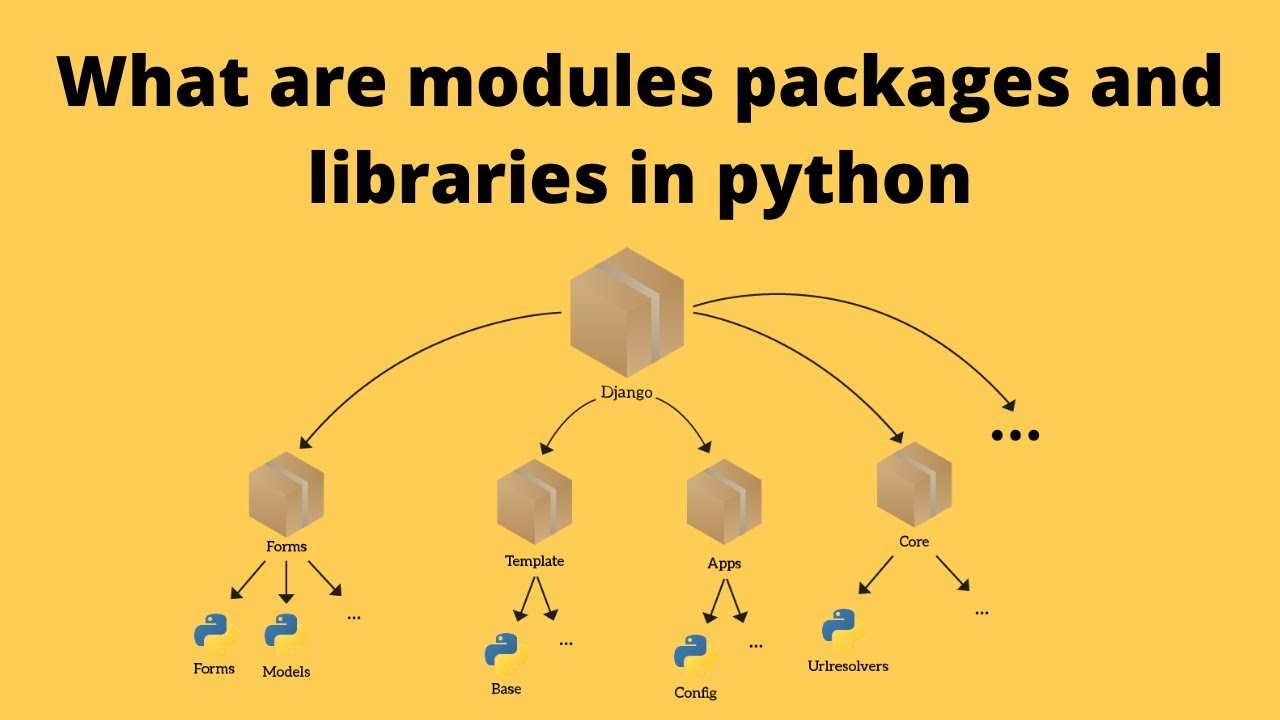
import its name; to use a package, you need to specify the directory path and the package's name (e.g., import mypackage.my_module). Organization: Modules are self-contained units of code, whereas packages provide a way to organize and structure related modules. Metadata: Packages have additional metadata files like __init__.py, which defines the package's structure and dependencies.
To illustrate this difference, consider a simple example:
Suppose you're building a game with various levels (e.g., level1.py, level2.py, etc.). You could create separate modules for each level, each containing its own logic. This would be an example of using modules to organize your code.
Alternatively, you could create a single package called game_levels containing multiple modules (each representing a specific level). The package's __init__.py file could define the package structure and dependencies, making it easier to manage and use these levels within your game. This would be an example of using packages to organize your code.
In summary: modules are single files with related functionality, while packages are directories containing multiple modules and additional metadata. Understanding this distinction is crucial for creating robust, maintainable Python projects!
python package vs library
I'd be happy to explain the difference between a Python package and a library.
What is a Python Package?
In Python, a package refers to a collection of related modules, scripts, and other files that are distributed together as a single unit. A package typically contains multiple modules, which are individual Python files that contain functions, classes, or variables. The primary purpose of a package is to group related code together for ease of distribution and reuse.
A package usually has the following characteristics:
Package name: Each package has its own unique name, often in lowercase with underscores separating words. Directory structure: A package typically consists of several directories (folders) that contain various files, such as modules, scripts, and data. Setup file: Many packages include a setup.py file, which is used to install the package using pip (Python Package Installer). Metadata: Packages often include metadata, such as version information, dependencies, and authors.What is a Python Library?
A Python library refers to a reusable piece of code that provides specific functionality or features. Libraries are designed to be used by multiple programs or applications, making them a crucial part of the Python ecosystem.
Libraries typically have the following characteristics:
Library name: Each library has its own unique name. Module(s): A library usually consists of one or more Python modules that contain functions, classes, or variables. No setup file: Libraries do not require a setup.py file to install; instead, they are often installed using pip. Focus on functionality: Libraries focus on providing specific features or functionality, rather than grouping related code together.Key differences between Packages and Libraries:
Scope: A package is a broader collection of code that might include multiple libraries, whereas a library is a narrower piece of reusable code with its own unique functionality. Structure: Packages typically have a more complex directory structure, while libraries are often contained within a single module or file. Purpose: Packages aim to group related code together for distribution and reuse, whereas libraries focus on providing specific functionality or features.Conclusion:
In summary, Python packages refer to collections of related modules, scripts, and files that are distributed together as a single unit, while Python libraries refer to reusable pieces of code that provide specific functionality or features. While both serve important purposes in the Python ecosystem, understanding their differences can help developers better manage their projects, distribute their code effectively, and leverage existing libraries for their own applications.
If you have any further questions on this topic or need clarification on anything else, please feel free to ask!
